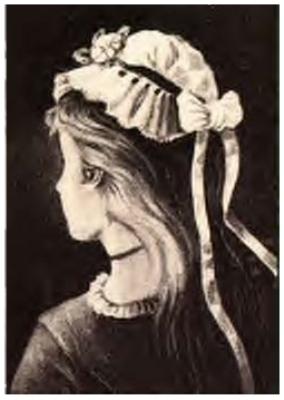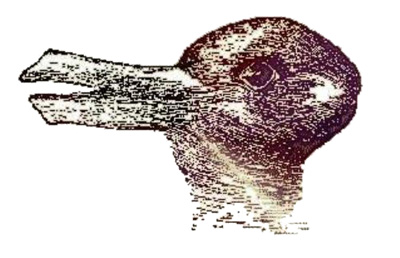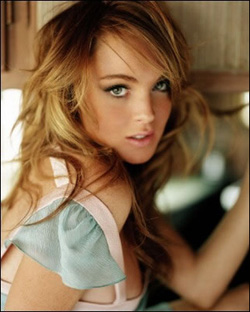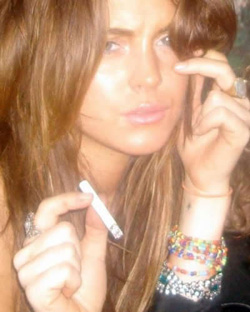

Understanding representation is all about understanding the choices that are made when it comes to portraying something or someone in a mass media text. It's impossible to portray every aspect of an individual in a photograph, or even in a feature film, so certain features of their personality and appearance get highlighted, and are often enhanced, when it comes to constructing the representation that the audience will see. When representing a person, media texts often focus on their:
Signs and symbols are used as a kind of visual shorthand to represent these attributes. When we decode these signs we make assumptions about who the character is (usually by comparing them to similar characters we have encountered before), and this allows us to put them in a category and "read" them in context. For instance, when constructing characters for a TV or movie scene the producers might give an old man white hair and a walking stick, or provide a wealthy lawyer with a three piece suit to wear and a briefcase to carry. Whilst not all old men need a walking stick and not all lawyers carry briefcases, these are easy and quick ways of signifying information about the character.
When you're analysing representation, think about the following questions:
Once you start to think carefully about different representations, you will find that the same representation means different things to different people. We all decode representations according to our own life experience, where we've lived, how old we are, and what other media texts we are familiar with, as well as a myriad psychological factors. Other elements such as political sympathies and social class can come into play. When producers construct a media representation, they often assume that the audience is one homogenous mass that will all decode the representation in the same way. However, people see even the most basic images in different ways. Look at the two famous optical illusions below. What do you see first?
 |
 |
Old or young woman? Duck or rabbit? The problem with representing any kind of reality in a media text is that it's never going to be 100% accurate. Representation always involves the construction of a version of reality, not reality itself (even in so-called Reality TV!) So media producers have to make choices; what to put in, what to leave out. If something is always represented the same way (our lawyer with a briefcase) we become comfortable with that representation, whether it reflects what is true about 21st century lawyers (who are more likely to be carrying a laptop bag) or not. Don't forget that every media representation represents somebody's point of view.
Producers of media texts know that visual representation is a very powerful tool when it comes to persuading your audience what to think about a topic. Look at these two different representations of the actress Lindsay Lohan, both taken from news stories about the actress.
 |
 |
Same human being, different representation. What choices have been made about framing, lighting, make up, cropping, costume in each case? Can you guess what kind of news story each image is from? What does each image make you think about Lindsay? How do you think these very different representations affect her image as a star? Do you think either one of these images is the 'real' Lindsay?